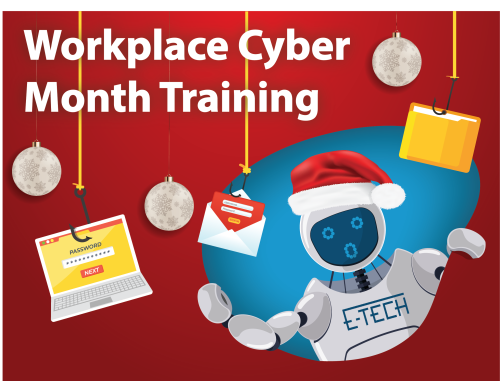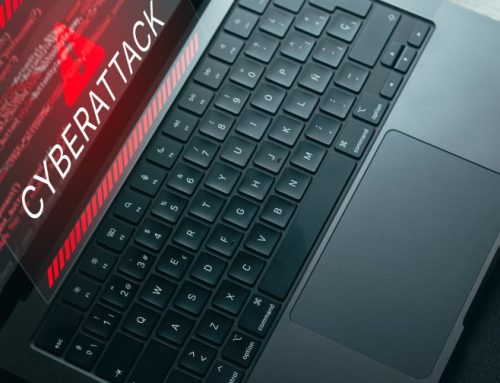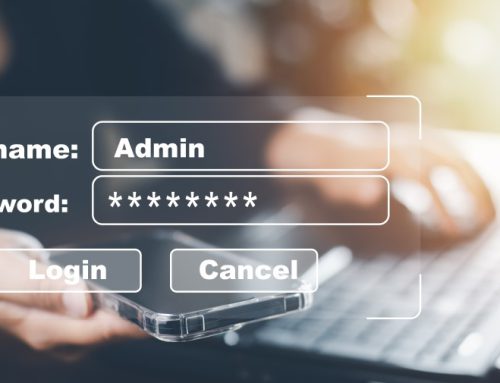October is Cyber Security Awareness Month, making it the perfect time to address one of the biggest threats facing organizations today misinformation. Many businesses, especially smaller ones, still operate under outdated assumptions about cyber risk. These myths create dangerous blind spots that leave systems, employees, and customer data exposed. The reality is that cybercriminals don’t discriminate based on company size or industry. They exploit opportunity and the easiest targets are often those who believe “it won’t happen to us.” Let’s separate fact from fiction and reveal the truth behind some of the most common cyber security myths holding businesses back from stronger protection.
We’re Too Small to Be Hacked.
This is one of the most persistent and costly misconceptions in cyber security. Many small and mid-sized businesses believe they’re “under the radar,” assuming attackers focus on large corporations. The truth? Over 40% of cyberattacks target small businesses.
Smaller organizations are often seen as easy entry points because they tend to have fewer resources, less robust security infrastructure, and limited employee training. Hackers frequently use them as gateways to larger partners, clients, or vendors in the supply chain.
Every organization regardless of size holds data valuable to someone. Whether it’s employee records, payment information, or intellectual property, if you’re online, you’re a potential target.
Incognito Mode Keeps Me Anonymous.
Private or “incognito” browsing can prevent your activity from being saved locally on your device, but it doesn’t make you invisible online. Your internet service provider, employer, and the websites you visit can still track your activity.
For businesses, this myth can lead to a false sense of privacy and risk-taking behavior among employees such as logging into company accounts on unsecured Wi-Fi or accessing sensitive systems from personal devices.
True online anonymity requires secure connections (VPNs), encrypted communications, and responsible user behavior. Private browsing is useful for convenience, not cyber security.
Antivirus Software Is Enough.
While antivirus programs remain an essential part of a layered defense, they are far from foolproof. Modern cyberattacks often rely on phishing, credential theft, and social engineering tactics designed to trick humans, not machines.
For example, no antivirus can stop an employee from willingly entering their password into a fake login page or approving a fraudulent payment.
Effective protection combines technology, policies, and people. Antivirus software should be part of a broader security framework that includes firewalls, multifactor authentication, annual cyber security awareness training, and ongoing system monitoring.
Cyber Security Is IT’s Problem.
Another dangerous misconception is that cyber security belongs exclusively to the IT department. In reality, security is a shared responsibility across every level of the organization.
A single careless click from a non-technical employee can open the door to ransomware, data theft, or financial fraud. IT teams can deploy defenses, but they can’t control individual actions in real time.
Creating a culture of security awareness is essential. Regular training, clear communication, and visible leadership support turn employees from potential risks into powerful defenders. Cyber security should be viewed as a business function not just a technical one.
I’ll Know If I’ve Been Hacked.
Unfortunately, many breaches go undetected for weeks or even months. Attackers often remain hidden within systems, quietly stealing data or monitoring activity to plan larger attacks.
By the time visible damage occurs, the loss financial, operational, and reputational can be significant.
Prevention and early detection are key. Implementing continuous monitoring, regular account audits, and automated alerts for unusual activity helps identify threats before they escalate.
Myths Create Risk – Awareness Creates Protection
Cyber security myths breed complacency, and complacency invites breaches. The truth is simple: if your business connects to the internet, it’s a target. But with awareness, proactive defense, and a company-wide commitment to best practices, it can also be resilient.
Every employee, every system, and every process plays a role in keeping your organization safe.
The more you challenge misconceptions and invest in education, the stronger your business becomes against evolving digital threats.
In an era of persistent cyber threats, our CSAT month package is an essential component of a comprehensive strategy to protect your organization’s assets, data, and reputation. Take charge of your company’s cyber security now and keep your business safe this cyber month! We are offering a jam-packed interactive course which covers the latest security threats, trends, and best practices.












